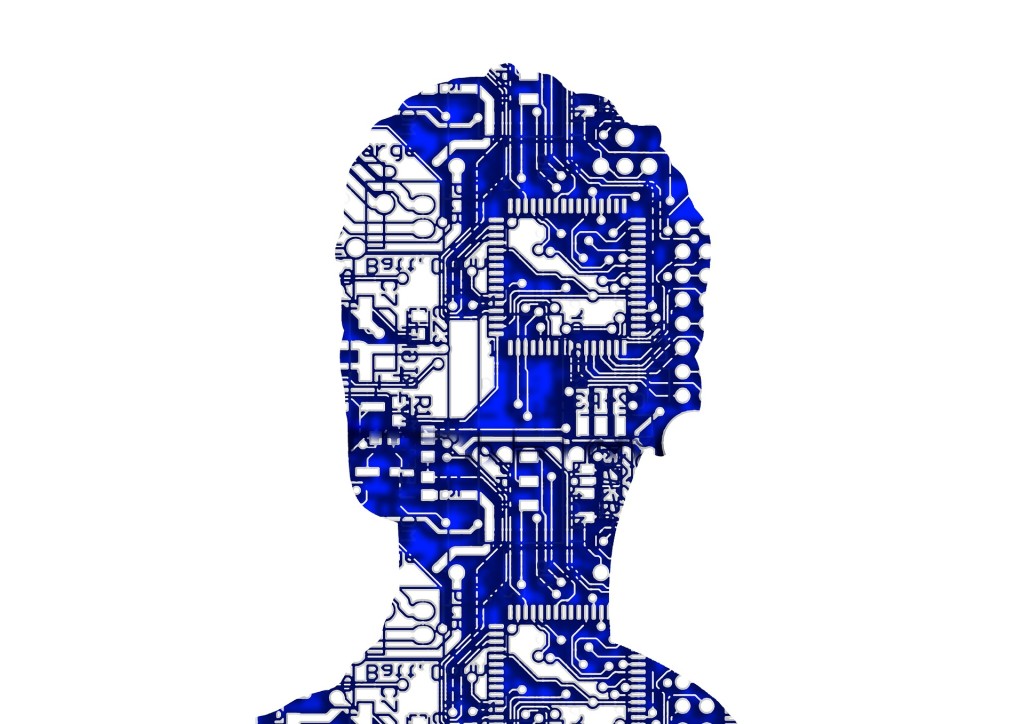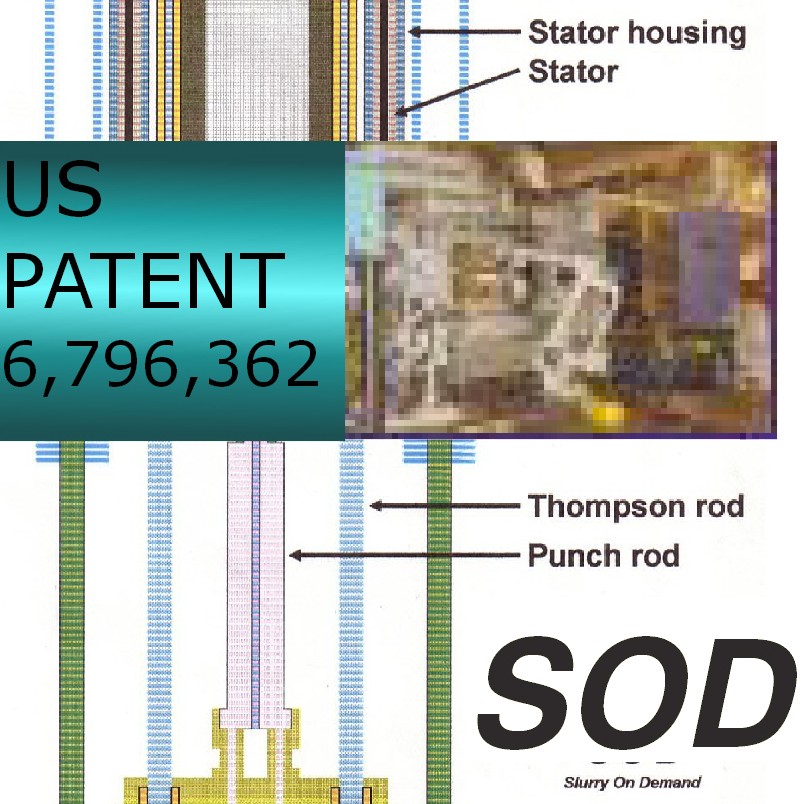Back in my early engineering days I was using the largest Cray Research computers in the world to analyse the stress and mode shapes of cars and trucks. This only worked if we could simplify the finite element test to the point where the computer could complete the calculation starting at 7:00 pm and stopping at 5:00 am when its task changed to supporting CAD. When I discovered that one of my friends had a personally owned computer of this magnitude at his desk I was intrigued. He had discovered that neural networking programs that simulate the way your mind tackles problems could be used to make a 6 figure income on the stock market. I linked him into some university researchers who discovered that complex numbers were more effective within neural networking programs. He traded this improvement into a 7 figure income. This is where computerized artificial intelligence shines. Keeping track of enough of the whole economy to succeed at managing a stock portfolio is beyond our mental capacity.
The engineering community continued to advance its versions of artificial intelligence. We call it adaptive control. Early examples include electronic spark advance. By 1982, it was finally possible to purchase power transistors that were capable of handling the spark control task. Later advancements included electronic fuel injection, which continuously adapts to dirt buildup, wear. and driver behavior. In military applications, stealth bombers and Ospery aircraft are beyond the ability of pilots to fly without adaptive computer assist. Along the way, I invented an industrial process which an operator could not supervise without the help of my patented adaptive control.
There is a perfect storm approaching. It will affect the people working for the big accounting firms the most. During World War II the Allied intelligence community invented what became to be called content analysis. They guided the war effort by combining the information gathered from every publication, like company newsletters and local news sources, that they could get their hands on. Any one item was not useful by itself. The company owners (stockholders) created the concept of accounting firms to look after their financial interests. The crooks who orchestrated the major scandals such as the World Com collapse took advantage of their incestuous relationship with the accounting firms doing the stockholder oversight, to mask their actions. Firms that are actually hired by crooks are reluctant to blow the whistle. The advent of big data combined with the evolved capabilities of the neural networking side of artificial intelligence are staged to crash onto the scene. Computers using artificial intelligence and content analysis will detect an impending company failure. The resulting analysis will enable a few stock investors to sell and get out. The stockholding public will have their confidence shaken. The lack of confidence in traditional accounting oversight will cause an accounting lean revolution where new more efficient controls emerge. We are all in favor of lean improvements until our own salary is the target. Lean improvements in manufacturing have left accounting expenses as a big target for computer technology inspired cost reductions. Usually this occurs as a season change in method.


